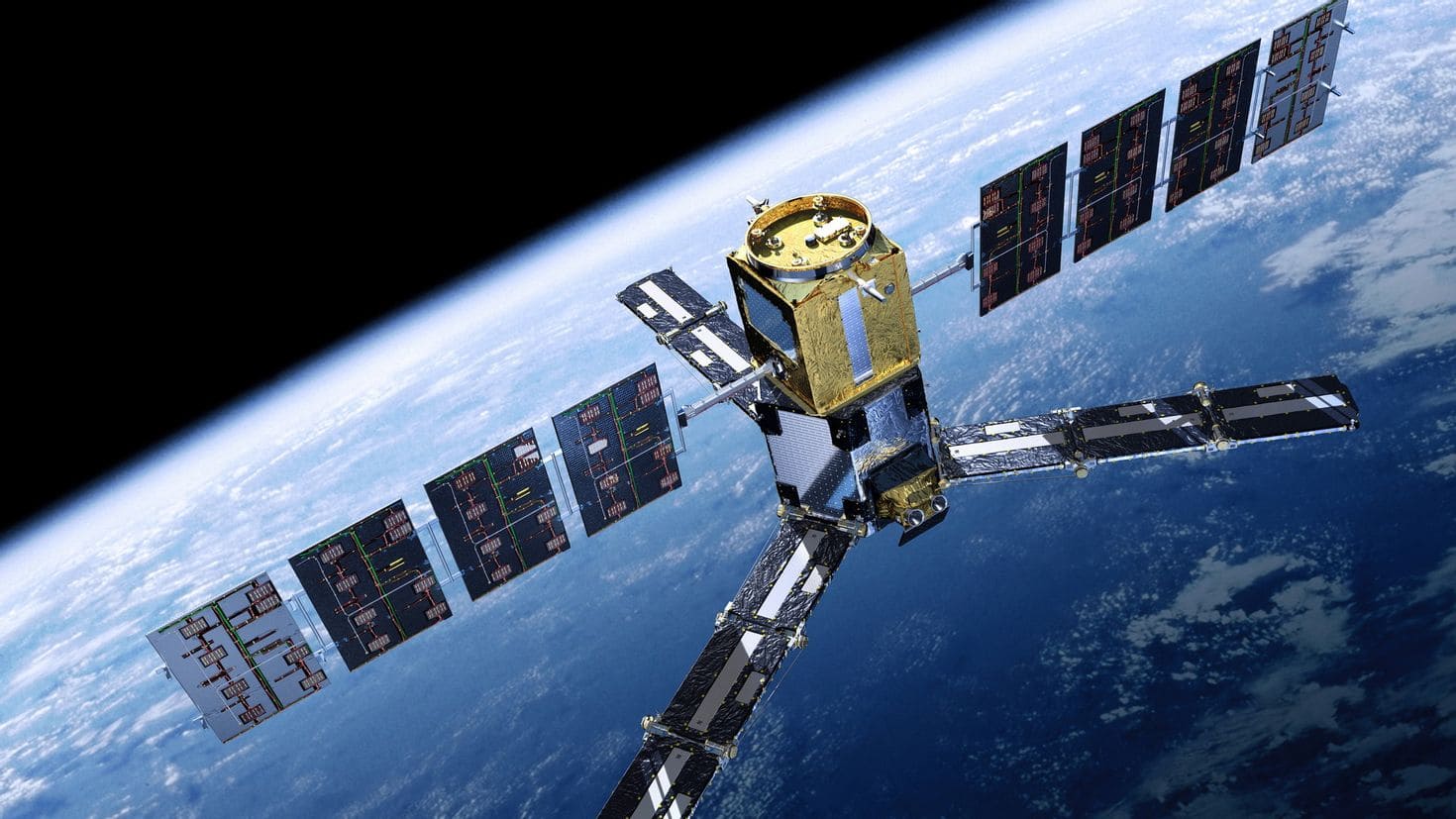Moon rocks, brought back to Earth by the Apollo missions, have provided invaluable insights into the Moon’s history and the processes that have shaped it. Here’s an overview of what these samples have revealed:
Formation and age
- Age of the Moon: radiometric dating of moon rocks indicates that the Moon is about 4.5 billion years old, suggesting it formed shortly after the solar system.
- Giant impact hypothesis: the composition of moon rocks supports the theory that the Moon was formed from debris ejected after a Mars-sized body collided with the young Earth.
Geological processes
- Crust formation: the highlands of the Moon are primarily composed of anorthosite, indicating they are ancient and formed from the original lunar crust.
- Mare basalts: these dark, basaltic plains were created by volcanic activity. Their composition shows that the Moon experienced significant internal heat and volcanic activity about 3 to 4 billion years ago.
Surface evolution
- Impact cratering: the abundance and distribution of craters on the Moon’s surface, as well as the breccias (rock fragments cemented together by the heat and pressure of impacts) found in moon rock samples, illustrate a history of heavy bombardment, especially during the period known as the Late Heavy Bombardment.
- Regolith: the Moon’s surface is covered with a layer of loose, fragmented material called regolith, formed by continuous micrometeorite impacts. The regolith contains tiny glass beads created by these impacts, providing a record of the Moon’s exposure to space weathering.
Lunar interior
- Mantle and core: some moon rocks contain minerals that originate from deep within the Moon, offering clues about its mantle and core. These samples suggest that the Moon’s mantle is rich in certain elements, like titanium and iron, and that it has a small, partially molten core.
Comparisons with Earth
- Oxygen isotopes: the oxygen isotope ratios in moon rocks are nearly identical to those found on Earth, reinforcing the idea that the Moon and Earth share a common origin.
- Water content: initially thought to be dry, recent studies of volcanic glass beads in moon rocks have found traces of water, indicating that the Moon’s interior may contain more water than previously believed.
Scientific discoveries
- Lunar volcanism: evidence of volcanic activity extends beyond the major maria formations, with volcanic glass beads indicating episodic volcanic eruptions.
- Space weathering: the composition and characteristics of the lunar regolith have provided insights into how the Moon’s surface interacts with solar wind and cosmic rays over billions of years.
Technological advances
The study of moon rocks has driven advances in analytical techniques, such as high-precision mass spectrometry and electron microscopy, enhancing our ability to study not only lunar samples but also meteorites and other planetary materials.
Future exploration
Understanding the Moon’s geological history through these rocks is crucial for planning future lunar missions, including potential human settlement. The data guides the selection of landing sites, the search for resources like water ice, and the identification of areas of scientific interest.
In summary, moon rocks have significantly advanced our understanding of the Moon’s history, its formation, geological processes, and its relationship with Earth. Each sample tells a part of the Moon’s story, helping scientists piece together the complex history of our nearest celestial neighbor.



